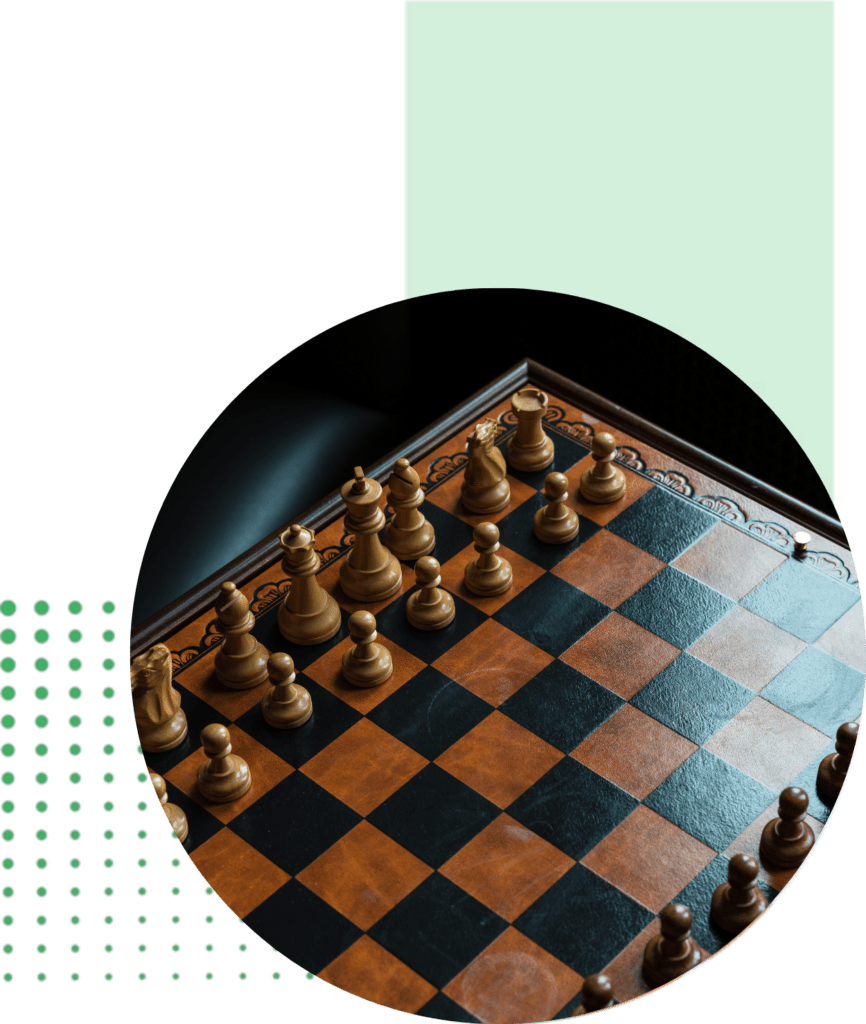Move your sales process towards
VISIO AND MULTI-CHANNEL
Restructuring of the organization to switch to an efficient sedentary mode. Increased prospecting activity and yields. Management of the constrained period.

DISCOVER OUR TRAINING
Objectives
- Learn best practices in In-House Sales and Visio Sales
- Know how to adapt the process and methods used in prospecting and customer relations
- To deduce the associated changes in managerial practices
Intra
Our INTRA sessions enable you to customize the training to your context and challenges, with specific anchoring options.
Contact us for a proposal tailored to your needs.
Discover our program

Contents
- 5 x 2-hour video sessions or 2 days face-to-face
- 3 hours of e-learning capsules before each session
Training start date: Training can start 8 days after signature of the agreement or receipt of the OPCO funding agreement.
Customer reviews
4.9/5 (803 reviews)
Success rate* (%)
100%
* These indicators are updated each year on the basis of consolidated data from previous years.
Source of indicators: List of trainees/learning validation quiz/training evaluation
Last date for updating figures: 15/05/2024










Program
Training schedule
The fundamentals of Inbound Marketing
- The Inbound Marketing funnel
- The persona sheet
Practical activities:
- What key performance indicators should you to evaluate your transformation rates?
- Finalize your consolidated persona
Channels and editorial line
- The buying path
- The Content Marketing Matrix
Practical activities:
- Finalize the stages of your purchasing journey
- Finalize the list of usable content
Copywriting
- The editorial charter template
- The editorial calendar template
- The copywriting checklist
Practical activities:
- Finalize your editorial planning
- Write one of your contents using the AIDA method
Setting up your first sales tunnel
- AARRR matrix
- Conversion Funnel Backlog
Lead scoring and nurturing
- The Lead Scoring template
- The "LinkedIn message sequence and e-mail" frame
Practical activities:
- Write 2 personalized messages on Linkedin
- Write a sequence of 3 prospecting emails
After training
- Questionnaire for validating prior learning

Before each session

During the session
The trainer leads with quizzes, individual or collaborative exercises, challenges and role-playing.

After each session
Participants are given exercises to apply in their own context.
TRAINING METHODS
Public
Sales people, business developers, technical sales people, consultants, sales managers.
All our training courses are accessible to people with disabilities. Contact us for specific support tailored to your needs.
Prerequisites
A placement questionnaire is sent out before the start of the course to assess the level of the trainee's skills.
Evaluation
At the end of the course, participants will be given a questionnaire to validate their learning and establish the extent to which they have achieved their training objectives.
The results of this questionnaire will be given back to the customer at the end of the training, during a post-training follow-up meeting (debriefing).
NUMEROUS TRAINING COURSES AVAILABLE
Discover also

Generate marketing leads
Training to build your persona, deploy a growth hacking strategy, track leads and optimize the marketing/sales process.

Improve the use of your CRM
Training to acquire solid skills and knowledge in managing a CRM solution.
Inbound marketing has become an essential pillar of any modern marketing strategy.
What is inbound marketing?
Setting up an effective inbound strategy
Benefits of inbound marketing
Tools for Automating Inbound Marketing
Current Inbound Marketing Trends


Evolve your sales process towards videoconferencing and multi-channel sales
Restructuring of the organization to switch to an efficient sedentary mode. Increased prospecting activity and yields. Management of the constrained period.
Intra
Our INTRA sessions enable you to customize the training to your context and challenges, with specific anchoring options.
Contact us for a proposal tailored to your needs.
Objectives
- Learn best practices in In-House Sales and Visio Sales
- Know how to adapt the process and methods used in prospecting and customer relations
- To deduce the associated changes in managerial practices
Contents
5 synchronous 2-hour or 2-day face-to-face sessions
1 one-hour scoping session
1 one-hour post-training follow-up session
12 hours of microlearning and 2 hours of intersession tutoring
Public
Executives, sales directors, sales managers.
All our training courses are accessible to people with disabilities. Contact us for specific support tailored to your needs.
Prerequisites
This course has no prerequisites and is suitable for all levels.
Modality
At the end of the course, participants will be given a questionnaire to validate their learning and establish the extent to which they have achieved their training objectives.
The results of this questionnaire will be given back to the customer at the end of the training, during a post-training follow-up meeting (debriefing).
Program
Training schedule
Sedentary and digital sales best practices
- Lorem ipsum
Adapting the One to One process for RDVs (R0/R1)
- lorem ipsum
Stages of co-construction and One to Many interactions
- lorem ipsum
The new organization of time and effort allocation
- lorem ipsum
Our ongoing digital presence
- lorem ipsum
After training
- Questionnaire for validating prior learning
- Post-training follow-up appointments
Before each session
Participants receive resources (readings and videos) on the topic discussed
During the video session
The trainer leads with quizzes, individual or collaborative exercises, video viewing, challenges, role-playing.
After each session
Participants have an action plan and exercises for implementation in their context.
Discover also
Master sales negotiation techniques
Mastering consultative selling and making appointments















